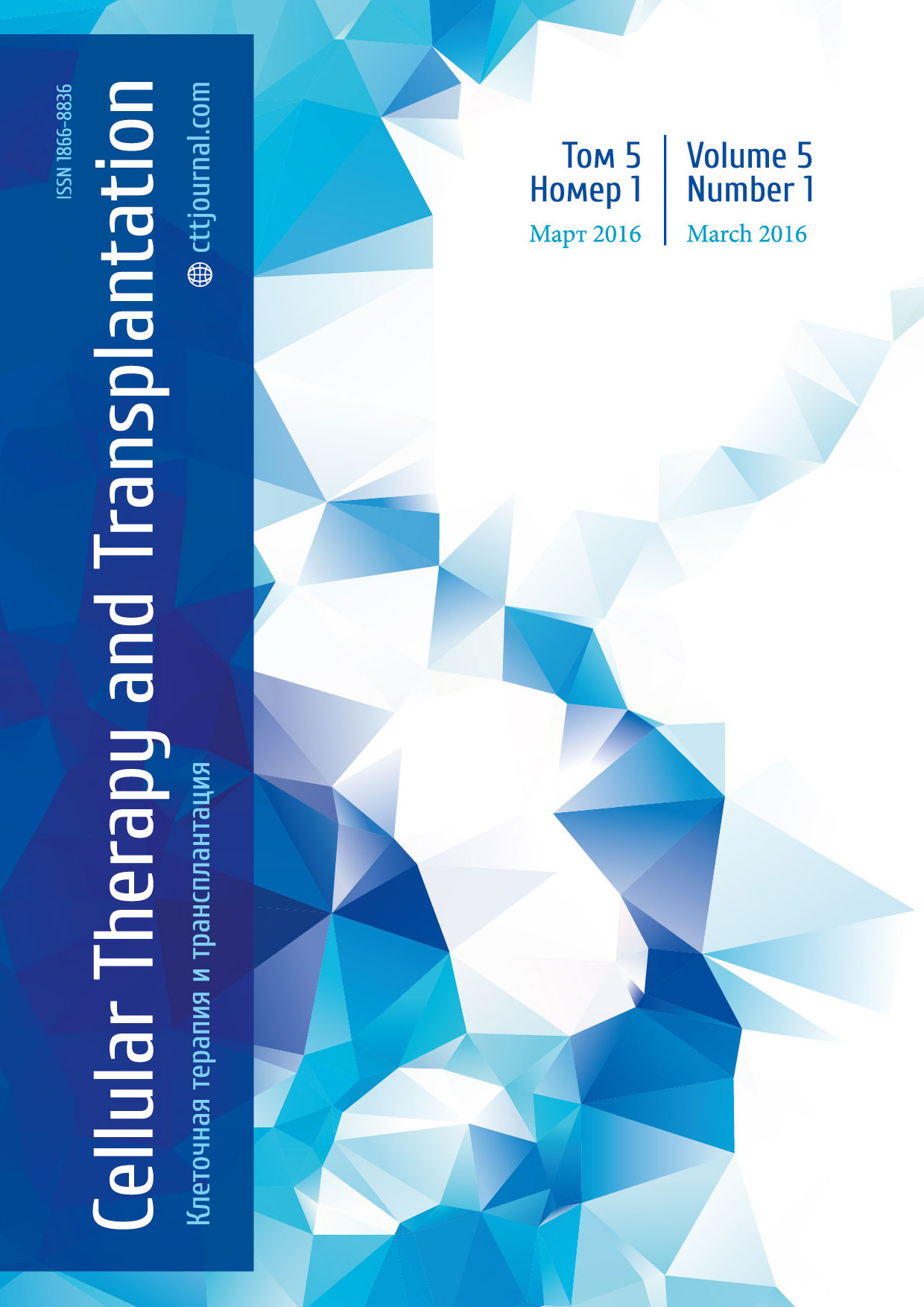Prevalence of hematological malignancies in Armenia
Smbat S. Daghbashyan, Nata A. Melkikyan, Lussine.S. Sahakyan, M.V.Saharyan, R.Yolyan
Center of Haematology, Yerevan, Republic of Armenia
Summary
Introduction
Growing rates of malignancies represent one of the most topical problems, affecting the interests of the entire mankind. Hematological malignancies make a heterogeneous group of diseases with different incidence, prognosis and etiology. The prevalence rate of hematological malignancies is rather lоw (ca. 10/100,000 per year) and takes the 6-8th place among the entire tumor morbidity (6-7% of total). In developed countries, hematological malignancies make 1% of all death causes. Their share is 6-10% among all causes of death from malignancies, and it makes 50% among younger patients (<30 years of age). When classifying the hematological neoplasms, most researchers distinguish the following groups: Hodgkin’s and non-Hodgkin’s lymphomas (HL and NHL), leukemias (acute and chronic). Taking into account that Armenia is an ethnically homogeneous country (97,9% are Armenians), any epidemiologic study becomes a population or cohort study, thus creating good prospects for conducting experimental and clinical trials.
Aim
The aim of our work was to carry out analysis of the hematological malignancies, i.e., their prevalence, incidence and mortality rates among the Armenian population for the time period of 2004-2014.
Material and methods
The initial data for this survey have been derived from ambulance/dispensary cards, hospitalization journals, and clinical data from the Registry of Blood Diseases at the R.Yolyan Hematology Center, Yerevan, Armenia. The data has been supplemented by the data from the Registry of Oncological Diseases of the V. Fanarjyan NCO, as well as from death certificates. The demographic data has been obtained from the National Statistics Board of Republic of Armenia. The obtained data has been statistically analyzed using EPI INFO-2002 program. “Rough” and standardized indices have been calculated. Appropriate comparisons with the data form national and regional statistics has been conducted with parametric criteria.
Results
Analysis of the data obtained has shown that, in terms of morbidity incidence, we could see that Hodgkin’s and non-Hodgkin’s lymphomas, as well as acute leukemias, take the 1st position (accordingly 3,6; 3,4 and 3,2). In terms of prevalence, the non-Hodgkin’s and Hodgkin’s lymphomas, chronic lymphocytic leukemia (CLL) followed by acute leukemias are the predominant clinical entities (accordingly 20,9; 19,8; 17,4 and 16,6).The prevalence-to-incidence ratio revealed high rates for CLL (14,1), myeloproliferative disease (MPD) (12,4) and CML (9,6), thus reflecting a high survival rate of patients in these groups. The distribution of cases by gender in both events is almost identical (p<0,001). It is important to note that, in female population, hematological malignancies are in the 3rd position, whereas for male cohorts, it is in the 4th place among all oncological diseases in Armenia. In our study, acute leukemias prevailed in childhood, and among patients aged of 15 to 24 yeas old. In the age group of 25 to 34 y. o., HL was predominant, whereas in older age groups, NHL was more frequent (p<0,001). Cases of CLL, MPD and multiple myeloma were not registered in the age groups of 0 to 14 and 15 to 24 y. o. Among all age groups, the cohort >55 y. o. should be mentioned, since the highest morbidity rates of all blood/lymphoid cancers were observed in this age group. When comparing incidence of hematological malignancies in Armenia to appropriate data from abroad, a similarity is revealed with Russia and Germany. If comparing our data to those obtained for 1966-1971 and 1998-2004 periods, one may detect a significantly increased incidence of hematological malignancies among population, due to higher rates of lymphoma and multiple myeloma. The highest mortality rates were revealed among patients with acute leukemias and non-Hodgkin’s lymphomas. Notably, higher morbidity rates in females were observed only for multiple myeloma. With other malignancies, mortality among males was prevalent (p<0,001). Thus, the statistics performed have revealed a significantly increased prevalence of hematological malignancies, due to growing ratio of lymphomas and multiple myeloma. The obtained results may help in optimal implementation of onco-hematological aid in the population and planning of clinical research in the Republic of Armenia.
Keywords
Acute leukemia, hematological malignancies in armenia, non-hodgkin’s lymphomas, hodgkin’s lymphomas, chronic lymphocytic leukemia, chronic myeloid leukemia


